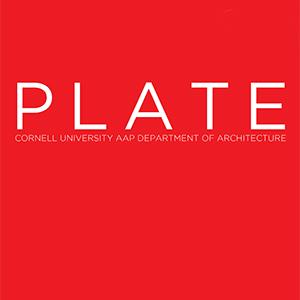Group Project De Ovis et Avibus

Class
ARCH 5111 Core Design Studio IInstructor
Aleksandr Mergold
Sasa Zivkovic
The egg (ovum) is a perfect vessel — a symbiotic relationship of protective skin on the exterior and a volume inside. It's a cousin to an even more perfect, yet fleeting, bubble — a sphere that floats in space. It touches and is affected by nothing other than evenly distributed pressure, wind, and gravity. It has no obvious orientation and no entry: it is a perfect geometry, perhaps the most perfect of all Platonic forms. It is all surface and volume, but consequently, bounds an interior and an exterior. By suppressing other properties, focusing our attention on its formal spherical nature allows us to zero in on two conditions: that of the light membrane and that of the heavy form inside. How is the ovum sphere structured? How is the material that it is made of affect how it behaves? How are operative part-to-whole relationships defined? What is a part? How does the part generate a whole? What determines organizational hierarchies? What are its spatial qualities? How does it create opacity or transparency? How does it regulate light? And does it have a narrative?



